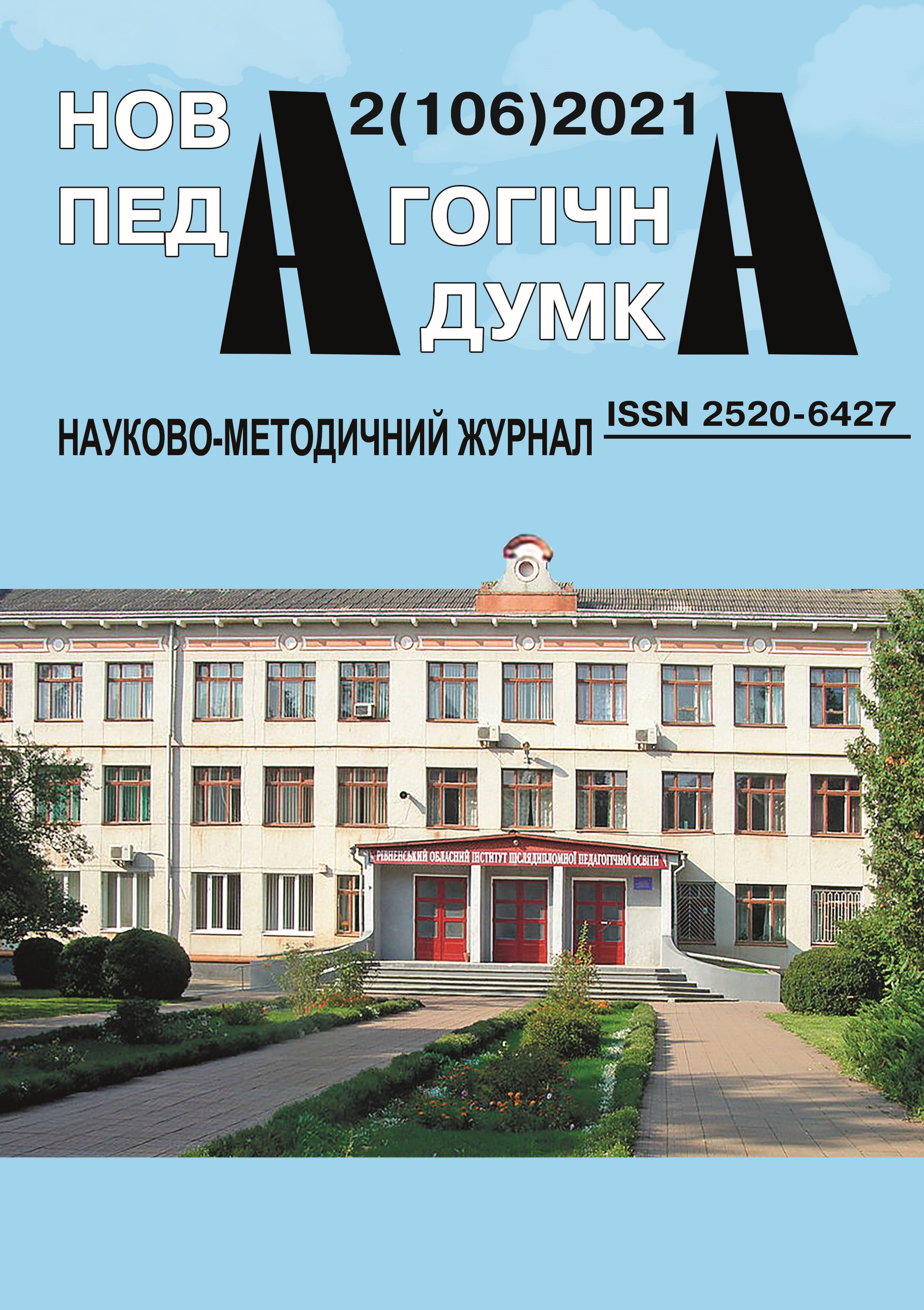Works of modern ukrainian scientists in the dimension of sukhomlynistics
Abstract
The article is devoted to the work of modern Ukrainian scientists in Sukhomlynistics as a separate area of pedagogy, when it comes to creative reading of the legacy of Vasyl Sukhomlynsky in the context of current issues of education and upbringing, and the history of pedagogy as a phenomenon of the past. The concept of Sukhomlinstics is defined and concretized in that part of it which concerns first of all the interpretation of Sukhomlinsky's works by modern scientists as a basis or a fruitful ground on which productive ideas can be built. Based on the analysis of source studies and historiographical works, we have discovered a large number of publications by contemporary authors on this topic (about 2100 surnames). From the whole array of personalities related to the issues of Sukhomlynistics, three figures of famous scientists-teachers were chosen: Alexandra Savchenko, Ivan Bekh and Alla Bogush. The criteria for selection were: each of them developed their own pedagogical concepts, theories that they develop over the years; inclusion of Sukhomlinsky's ideas in them.
Thus, the article analyzes the scientific achievements of the famous didactic, specialist in the theory and methods of primary education Alexandra Savchenko, developer of the theory and methods of teaching young children and preschool education, author of preschool focus in Ukrainian language didactics Alla Bogush, and specialist in methodology, theory and technology education, Ivan Bekh. It is proved that in total, they have published a total of more than 60 scientific articles over the past 25 years. It is concluded that these authors turned to the creative heritage of Vasyl Sukhomlynsky, deepening and expanding the issues in the field of their research, as well as, going beyond their research field, also covered general pedagogical issues. Their work in the field of Sukhomlynistics is considered as an integral part of the current state of pedagogical science in Ukraine.





